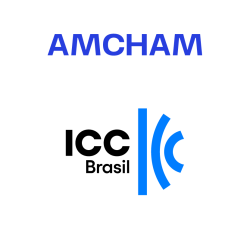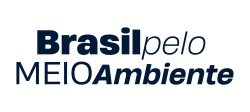Papagaio-chauá - Free to Fly
ABOUT IT
The reintroduction of the chauá parrot at Usina Utinga is an initiative of great importance for biodiversity conservation, focused on re-establishing a viable population of this vulnerable species in the Atlantic Forest.
The chauá parrot (Amazona rhodocorytha) is an endemic species of this biome and is currently classified as vulnerable by the IUCN and the National List of Endangered Species. Its population has been drastically reduced due to habitat loss and capture for illegal trade, making it essential to implement reintroduction and conservation actions.
The main aspects of the project include the rehabilitation of chauá parrots rescued from the illegal trade and the subsequent reintroduction in protected areas, specifically in Private Natural Heritage Reserves (RPPNs) Mata do Cedro and Mata da Sálvia, belonging to Usina Utinga, in Rio Largo, Alagoas. The reintroduction process uses the "soft release" technique, where the birds undergo a period of acclimatization in nurseries located in Pedro Nardelli Park, receiving food support and being closely monitored to ensure their adaptation to the natural environment.
Results and Objectives
The project's environmental objectives are: to contribute to the preservation of biodiversity, to restore local populations of the Chauá parrot, and to promote the conservation of endangered species in the Atlantic Forest. By educating the community about the importance of environmental protection and reinforcing sustainable practices, the project aims to create a lasting positive impact for both the species and the local ecosystem.
1. Re-establishing a Viable Population of the Chauá Parrot in the Rio Largo Region, Alagoas: The main expected result is the creation of a viable and self-sustaining population of Chauá parrots in the Usina Utinga Atlantic Forest areas, particularly in the Mata do Cedro and Mata da Sálvia RPPNs. The reintroduction of rescued and rehabilitated individuals aims to re-establish a local population that will contribute to the recovery of the species, which is currently classified as vulnerable.
2. Increased Environmental Awareness among the Local Community and Utinga Plant Employees: The project also aims to raise environmental awareness among the residents of Vila Utinga, the students of the Marieta Leão Municipal School, and the employees of Usina Utinga. Through educational activities, such as showing the film about the Chauá parrot, distributing educational materials, and the symbolic adoption of the parrots, it is hoped that the local community will develop a greater commitment to preserving biodiversity and combating trafficking in wild animals.
3. Strengthening Usina Utinga's Corporate Image as a Company Committed to Sustainability: Usina Utinga's participation in a project to conserve endangered species, such as the Chauá parrot, is helping to strengthen its corporate image in the sugar-alcohol sector and in society. The project should reinforce the mill's position as a company that adopts responsible and sustainable business practices, in line with global demands for sustainability.
4. Generating Scientific Data for the Conservation of the Species: The reintroduction of the Chao Parrots and subsequent monitoring will provide valuable data on the species' behavior, adaptation and ecology in the wild. This data will be essential for adjusting conservation strategies and for informing future reintroduction and conservation projects for endangered birds.
The cocoa parrot release and awareness-raising project is scheduled to be completed over two years, with the following main stages:
1. Year 1 (First Semester):
-Initial Reintroduction: Release of the first six chao parrots after an acclimatization period.
Awareness-raising activities: Implementation of educational activities with the local community and school.
-Initial Monitoring: Start monitoring the reintroduced parrots to assess adaptation and survival.
2. Year 1 (Second Semester):
-Second Release Phase: Release of three more pairs of chauá parrots, with continued monitoring and necessary adjustments.
Continuation of Awareness Activities: Follow-up and reinforcement of environmental education and community awareness activities.
3. Year 2:
Long-Term Monitoring: Continued monitoring of released parrots to evaluate the success of the reintroduction and document scientific data.
-Final Evaluation: Evaluation of the results of the project, including the effectiveness of the reintroduction and awareness strategies, and compilation of data for final reports.
-Reports and Publications: Preparation and dissemination of completion reports and scientific articles with the results of the project.
SDGs
External Certification
International Commitments
National Commitments
More info



